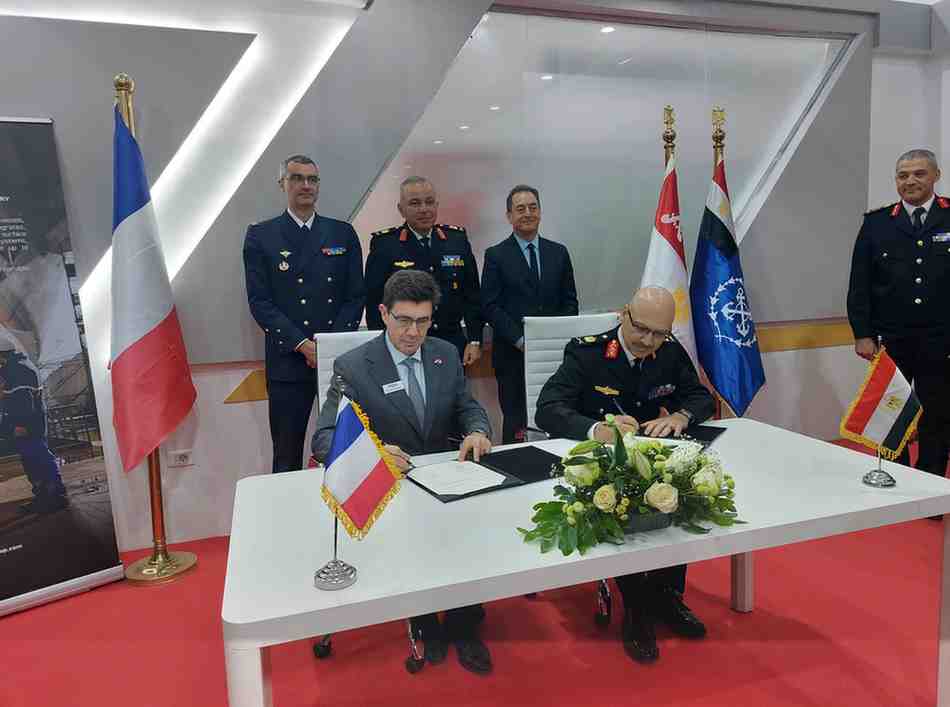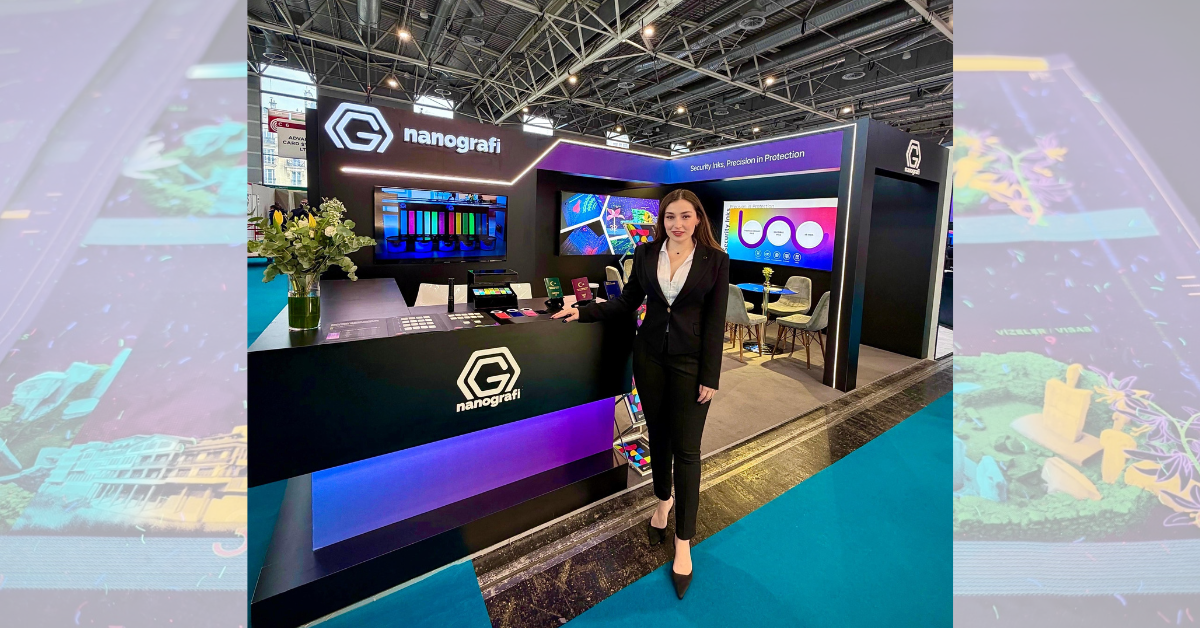Mr. Umair Aslam, CEO of Global Defense Insight, interviewed Mr. Guillaume Ramaré, CEO of ARE Space, Mr. Guillaume Ramaré is the Founder and Chief Executive Officer (CEO) of ARE Space, a Paris-based company, that is focused on the reduction of the debris in space.
Umair Aslam: Can you provide an overview of ARE Space’s mission and goals in the field of space debris removal? How does the company contribute to addressing the increasing issue of space debris?
Guillaume Ramaré: Definitely. ARE Space’s global mission revolves around addressing the critical issue of space debris, and ensuring the sustainability of space activities. To do so, our primary goal is to actively contribute to the remediation of space debris in low Earth orbit (LEO), making it a safer environment for existing satellites as well as for future space missions. Through our cutting-edge technology and innovative solutions (which we will talk about later), ARE Space is committed to cleaning and preserving the space environment, making the space industry more sustainable.
Umair Aslam: What challenges do you foresee in the space debris removal industry, and how is ARE Space positioning itself to overcome these challenges and stay at the forefront of the market?
Guillaume Ramaré: The space debris removal industry (and by extension our company) faces several challenges, including regulatory uncertainties, and the need for advanced, efficient technologies. To address the first issue, ARE Space actively advocates for space debris remediation international regulation and cooperation, notably by fostering collaborations and participating in international forums. To address the second issue, ARE Space strategically positions itself by prioritizing continuous Research and development to enhance the effectiveness of our solution, allowing us to stay adaptable to emerging industry trends.
Umair Aslam: The Space-Based Laser Space Intercept System (SBL SIS) is a unique product in your portfolio. Could you elaborate on how this technology works and the advantages it offers in comparison to other space debris removal methods?
Guillaume Ramaré: The SBL is our groundbreaking technology, remediating space debris by precisely targeting and destroying them thanks to a laser. Unlike traditional methods, the SBL eliminates the need for physical contact with the debris, providing a highly efficient and safe solution. Its advantages include rapid response, the ability to target a wide range of debris sizes, and negligible atmospheric interference (unlike a ground-based laser). Regarding the wide range of debris sizes, while our SBL can, with the right amount of energy, destroy (or at least de-orbit) almost any size of debris, our technology mostly focuses on 1 mm to 10 cm debris. Destroying small debris is the path our company chose to take because they represent a bigger, quite paradoxically, since big size debris can be easily tracked from Earth and therefore be avoided (nonetheless they need to be destroyed/de-orbit and other companies actively work on this matter). ARE Space’s focuses on small size debris in LEO, and our SBL technology has been imagined to address this particular issue. I did a post on X presenting the pros and cons of this technology. From what I know, a space-based laser system such as our SBL is the more efficient and the safer way for space debris remediation.
Umair Aslam: How does ARE Space ensure the safety and sustainability of space activities while implementing technologies like the SBL SIS? What measures are in place to prevent any unintended consequences or potential risks associated with space-based laser systems?
Guillaume Ramaré: As for any aerospace company, safety and sustainability are paramount in our space activities. The SBL embarks on rigorous safety protocols to prevent unintended consequences. We ensure precise targeting through advanced optics and collaborate with regulatory bodies to adhere to international space law (mostly in the European Union for now). Regular risk assessments and environmental impact evaluations are integral to our commitment: sustainability in space operations.
Umair Aslam: Collaboration is often crucial in the space industry. Can you share insights into ARE Space’s partnerships or collaborations with other organizations, governments, or space agencies to advance space debris removal efforts?
Guillaume Ramaré: At ARE Space we value collaboration. As I said earlier, we are actively engaging with other organizations, and space agencies. Partnerships are forged to advance research, share knowledge, and contribute to space debris removal regulations and initiatives. ARE Space is currently in discussions with the French Ministry of Army and with the Luxembourg Space Agency for collaborations.
Umair Aslam: As the CEO, how do you envision the future of space debris management evolving, and what role do you see ARE Space playing in shaping that future?
Guillaume Ramaré: I envision the future of space debris remediation evolving towards a more collaborative and technologically advanced landscape. I think that the public and the politicians are more aware of the space debris issue. Even though the public is not as generally fascinated by space as it was a few decades ago, huge private companies such as SpaceX and Blue Origin help regain the public’s interest. The politics, and government bodies’ awareness passes through the risk’s emphasis, notably for their military satellites. It is thanks to this rising awareness among the public and politics that the debris remediation industry will move forward. ARE Space’s role will focus on the SBL and Space Intercept Systems (SIS) in the year to come. In the long run, we will start to focus on de-orbiting all sizes of debris (and notably de-orbit our own in-orbit SBL). ARE Space will keep advocating for sustainable practices and contributing to the establishment of clear regulatory frameworks.
Umair Aslam: In terms of commercial applications, how does ARE Space plan to monetize its space debris removal services, and what potential revenue streams do you see emerging in the industry?
Guillaume Ramaré: Our space debris removal services can be purchased by governments (B2G) and private companies (B2B). Monetizing our services involves tailored solutions for clients, including flexible contract options and dedicated advisory services (1 advisor per client, 24/7 emergency contact). We anticipate revenue streams to emerge through contracts with government agencies, commercial satellite operators, and partnerships with entities invested in preserving the space environment. As the industry evolves, ARE Space will capture new opportunities and diversify revenue sources.
- GDI Staffhttps://defensetalks.com/author/umair/
- GDI Staffhttps://defensetalks.com/author/umair/
- GDI Staffhttps://defensetalks.com/author/umair/
- GDI Staffhttps://defensetalks.com/author/umair/












